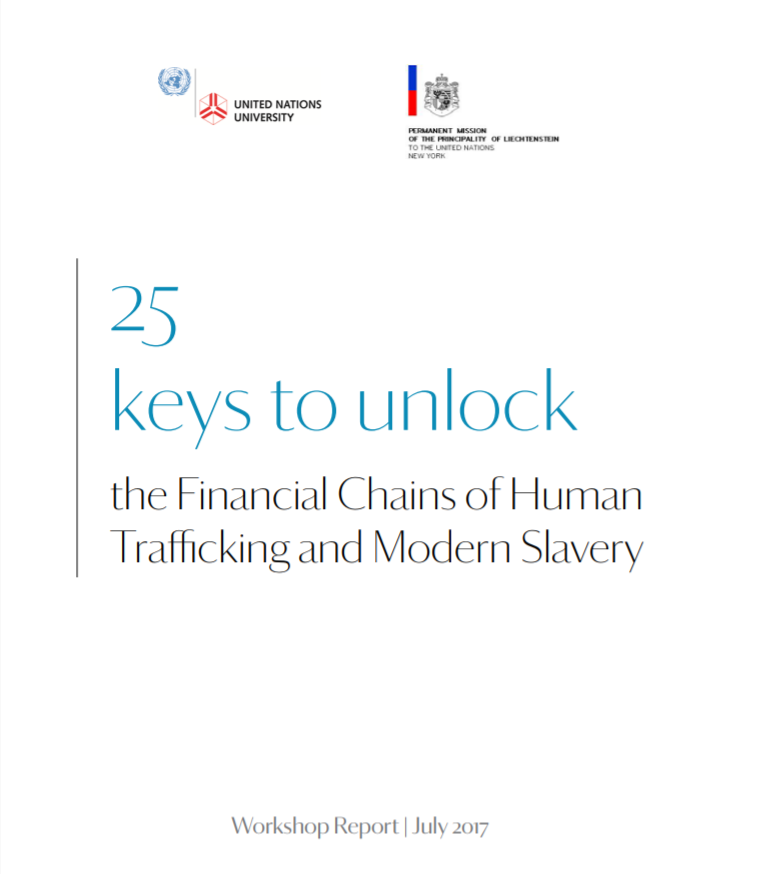Real Care is Rare: An on-the-Ground Perspective on Blood Diamonds and the Fifth ‘C’
PublicationsA new report, Real Care is Rare. An On-The-Ground Perspective on Blood Diamonds and the Fifth ‘C’, highlights the existence of modern day blood diamonds due to ongoing ties between diamonds and brutal human rights abuse (amongst other ...Read More

